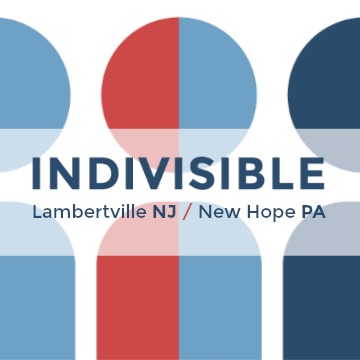Contributed by Deb Kline.
The National Labor Relations Act, signed by President Franklin Delano Roosevelt in 1935, was a response to bad corporate behavior during the Great Depression. As unemployment deepened in the early 1930s, companies used their leverage to break unions — by conditioning a job on a worker’s agreement not to join one, or hiring private security to threaten union leaders, or sending strikebreakers to interrupt picket lines.
The N.L.R.A. forced employers to the bargaining table by giving workers the right to collectively bargain. Along with investigating companies for interfering with organizing, the N.L.R.B. would hold elections for unions and certify them when they won. By the mid-1940s, union membership was at a high point of 35 percent of American workers, in contrast to the low of 2.5 million union members during the bad old days of 1933.
Then big business hit back. In 1947, over President Harry Truman’s veto, Republican majorities in Congress passed the Taft-Hartley Act, which amended the N.L.R.A. by effectively permitting employers to use work time for mandatory anti-union meetings, banning sympathy strikes and boycotts and allowing states to pass right-to-work laws, which ban mandatory union dues for workers even though they are benefiting from a union’s representation. The last change is a big blow to labor’s political power because it reduces union membership and revenue.
For decades, though membership began to decline, unions held their own in an economy that still centered on U.S.-based manufacturing. Unions struggled to adjust to the hardball strikebreaking tactics just as a cascade of forces — deregulation, the outsourcing of factory work abroad and corporations’ increasing focus on maximizing shareholders’ wealth — ate away at workers’ job security.
The N.L.R.A. was unequal to the task of protecting them. When workers voted to start a union, it became routine for companies to contest the validity of the results, delaying certification for years. Nearly 20% of union organizers are fired during organizing activities – like those at McDonalds and Amazon.
Sources
https://www.washingtonpost.com/technology/2020/05/01/amazon-instacart-workers-strike/
https://www.nytimes.com/interactive/2020/02/19/magazine/labor-law-unions.html
https://www.propublica.org/article/trumps-labor-department-eviscerates-workplace-safety-panels



